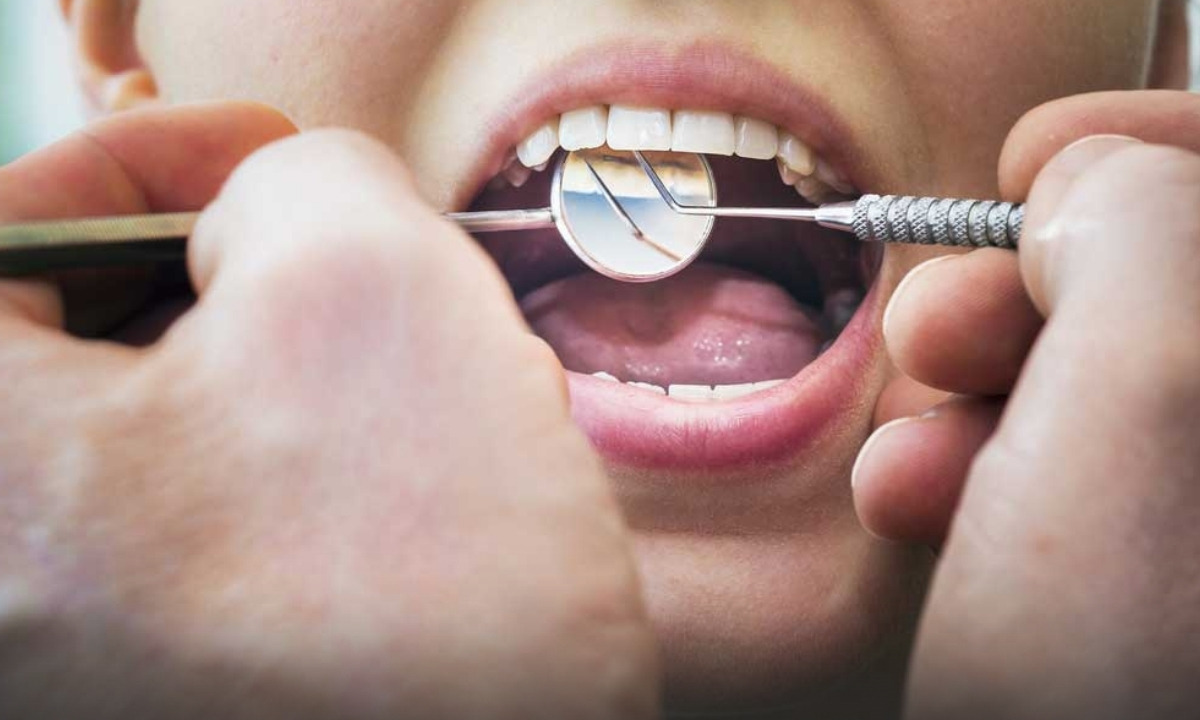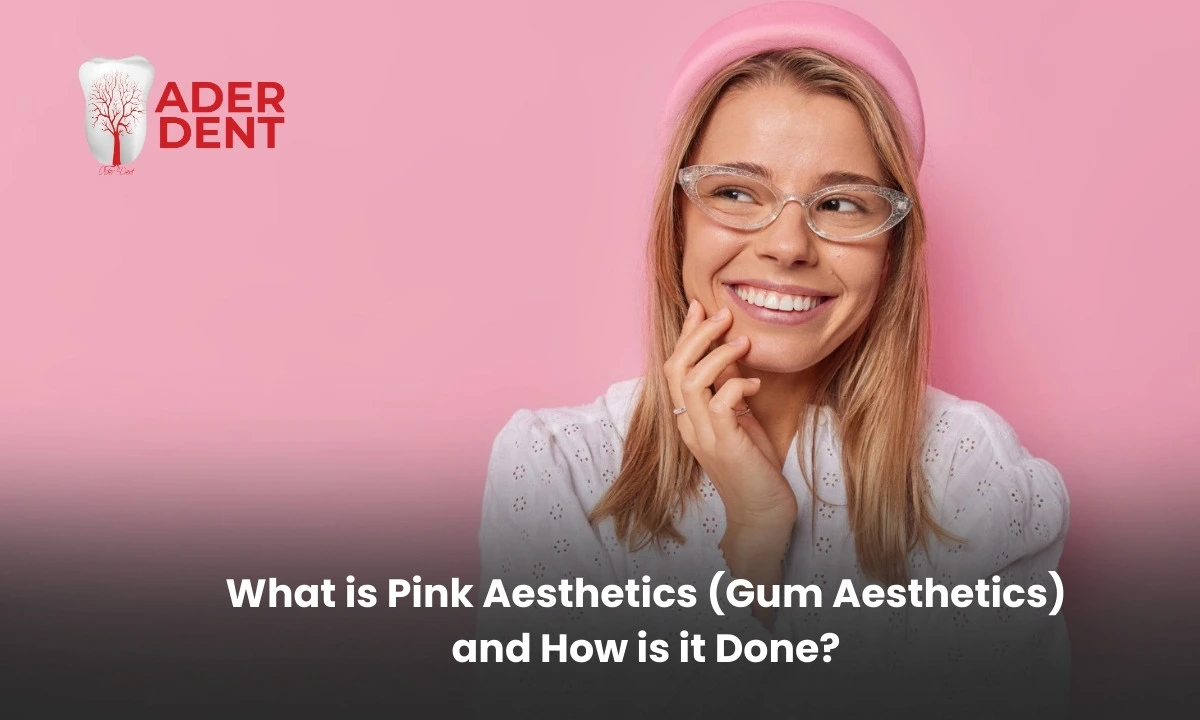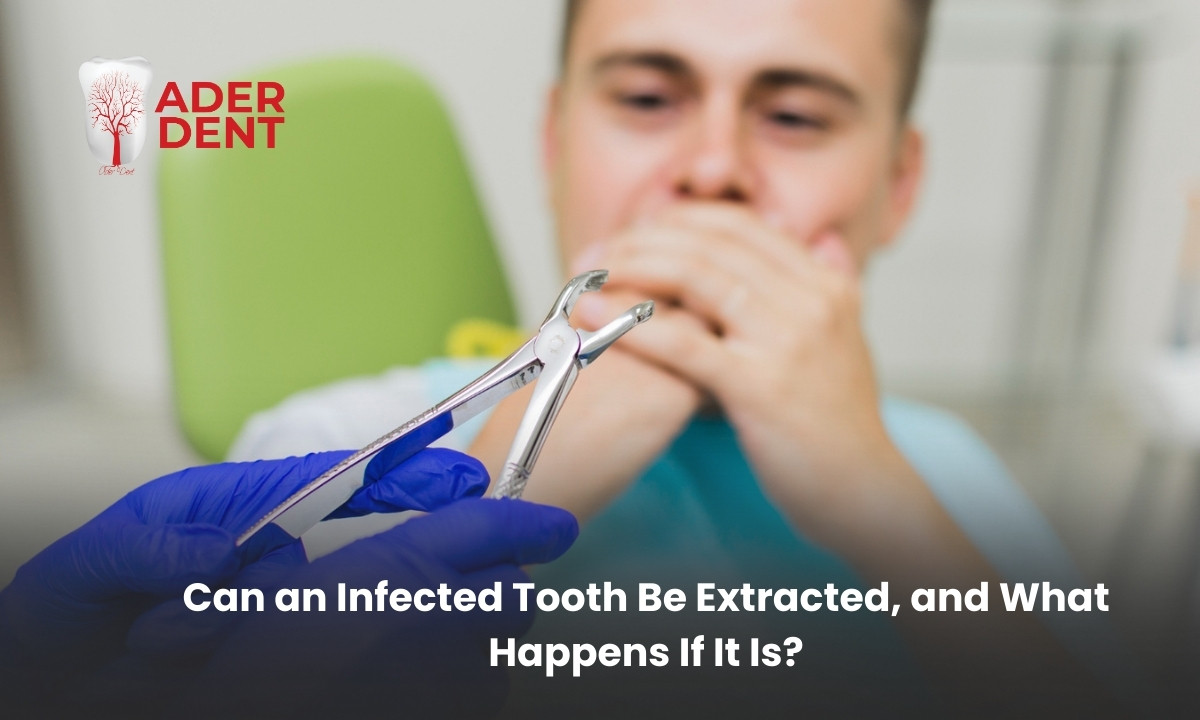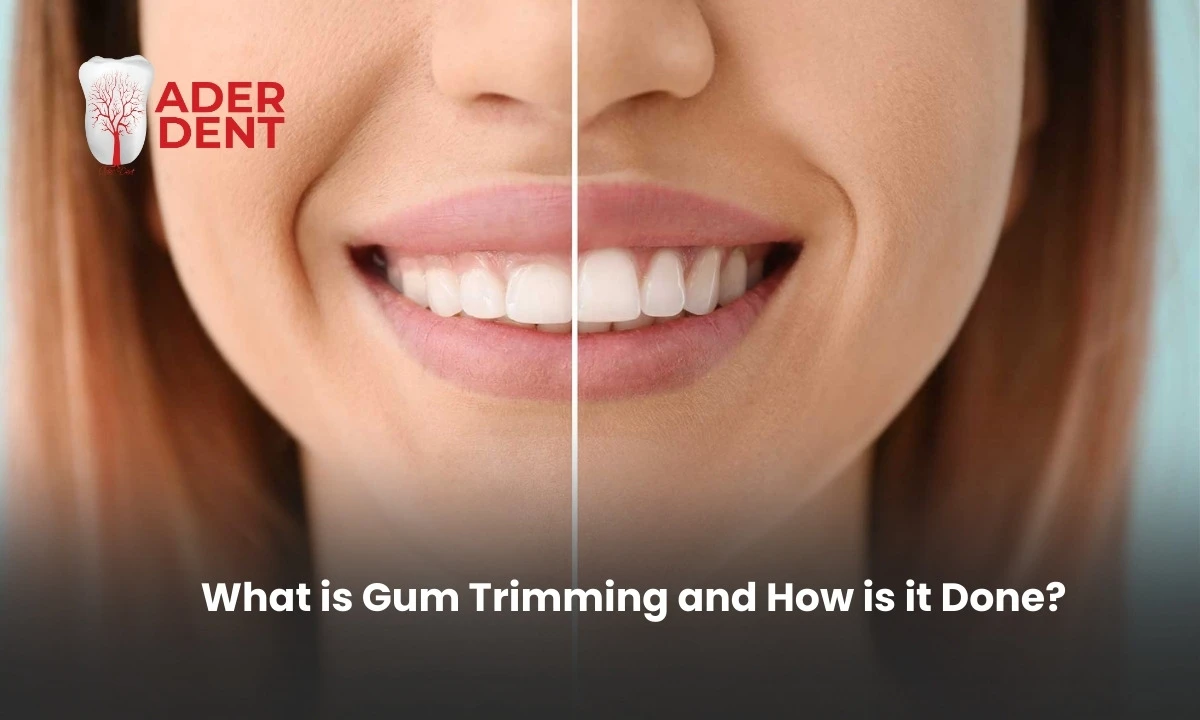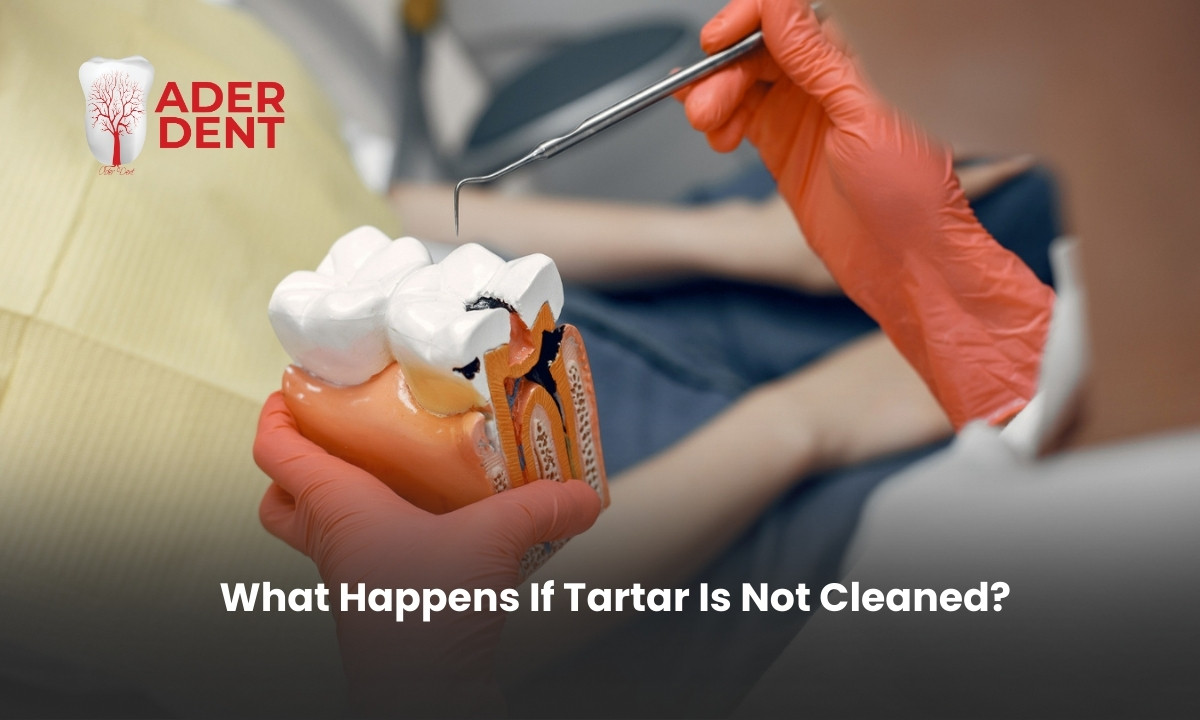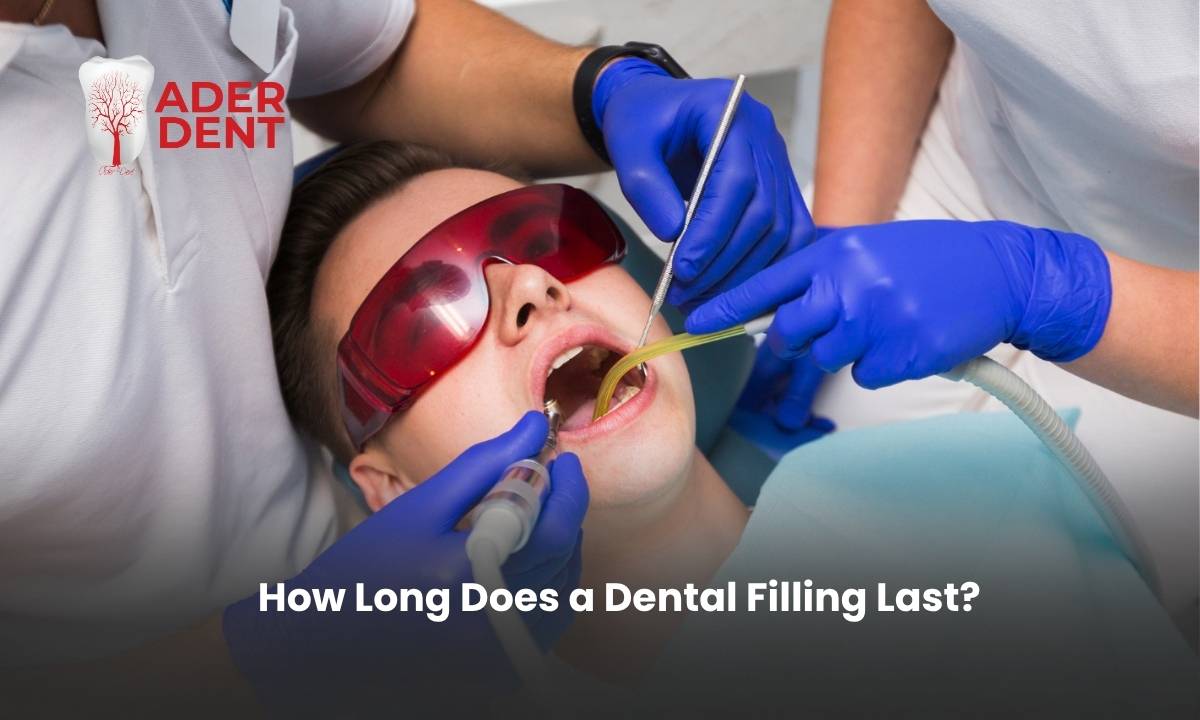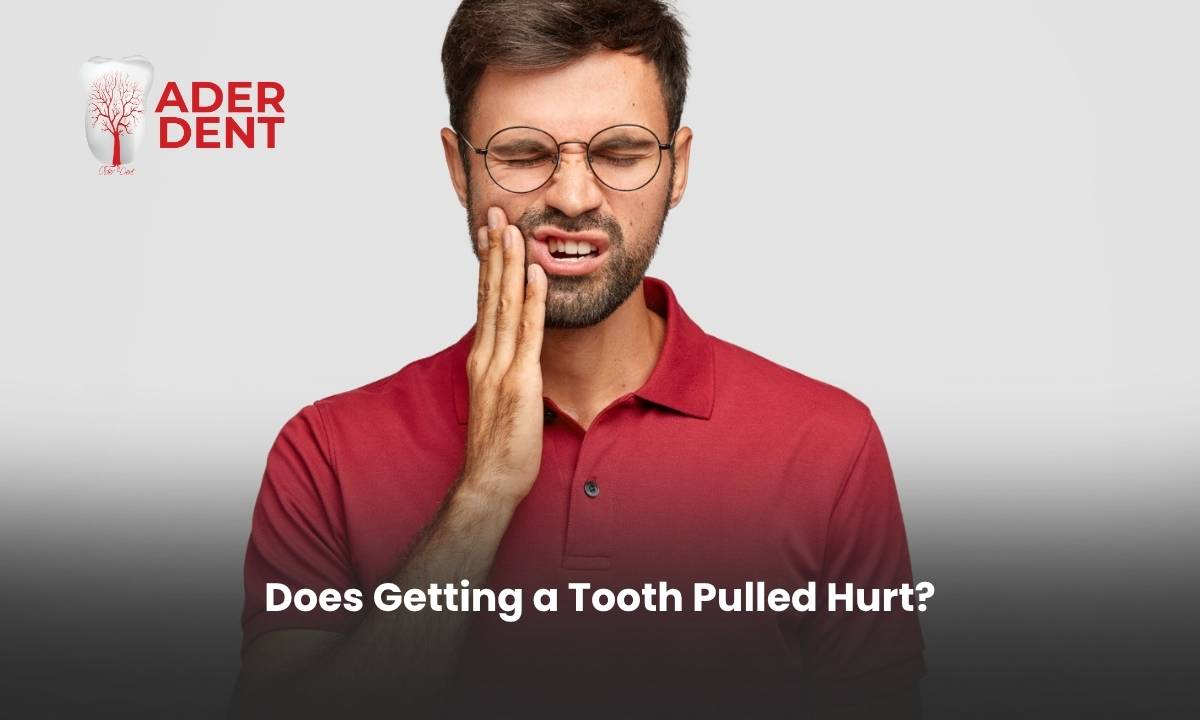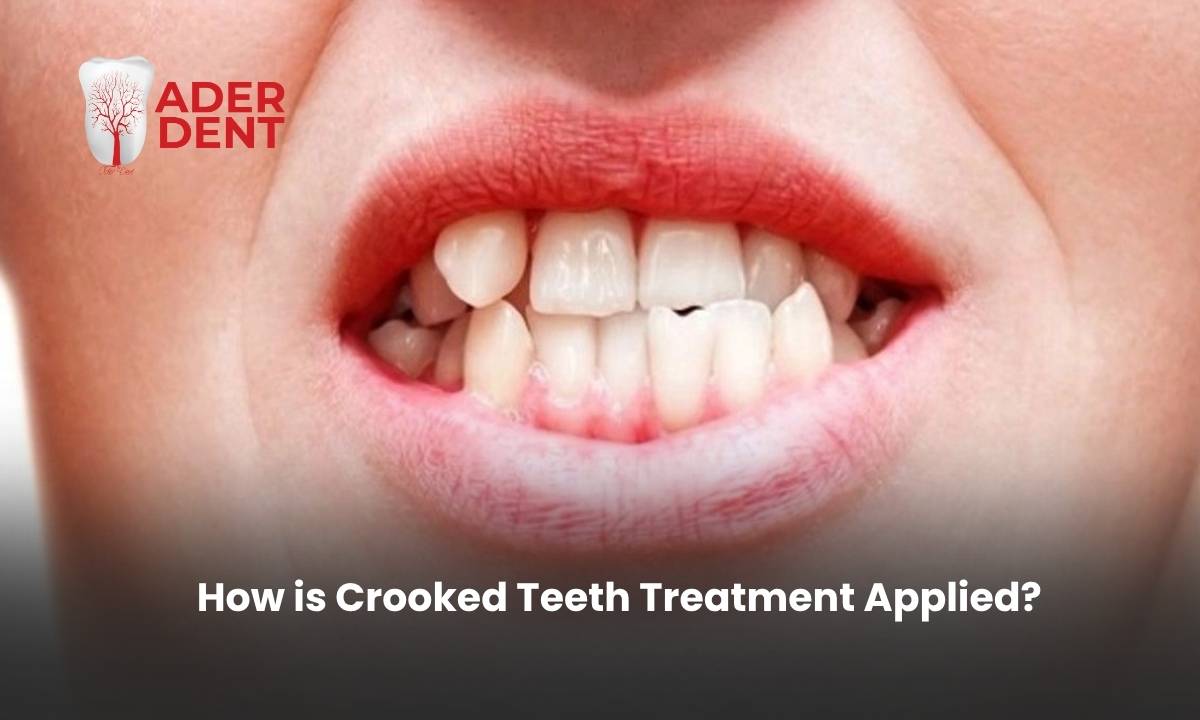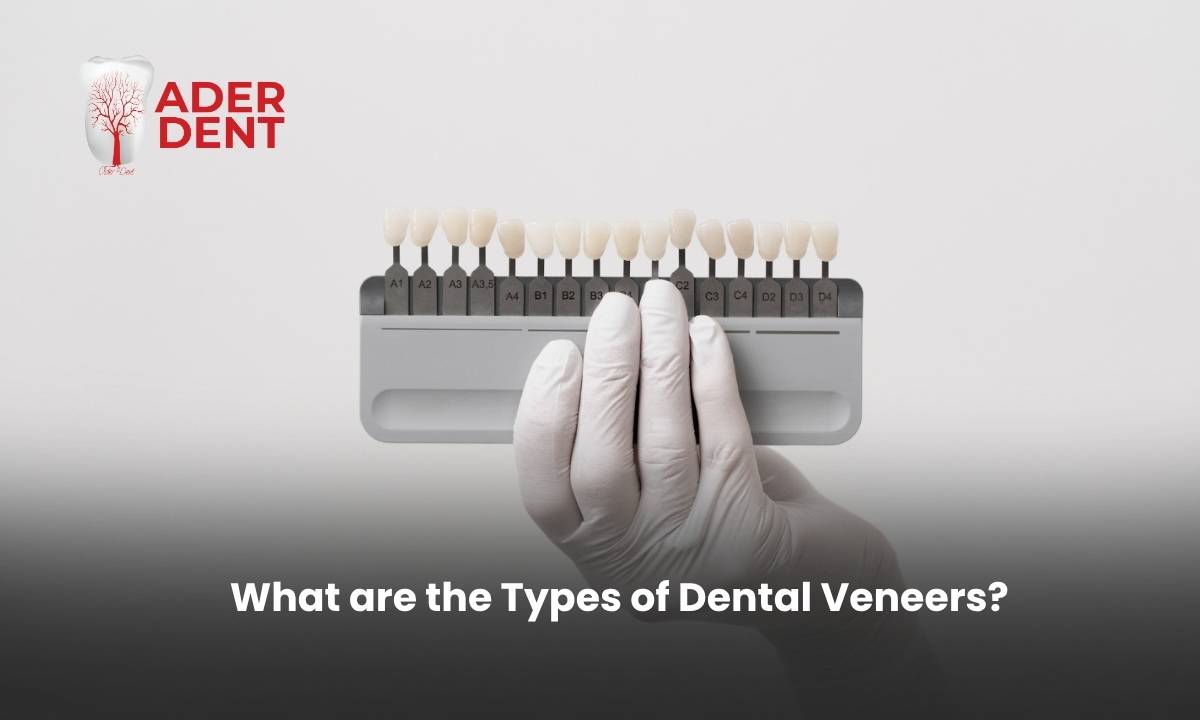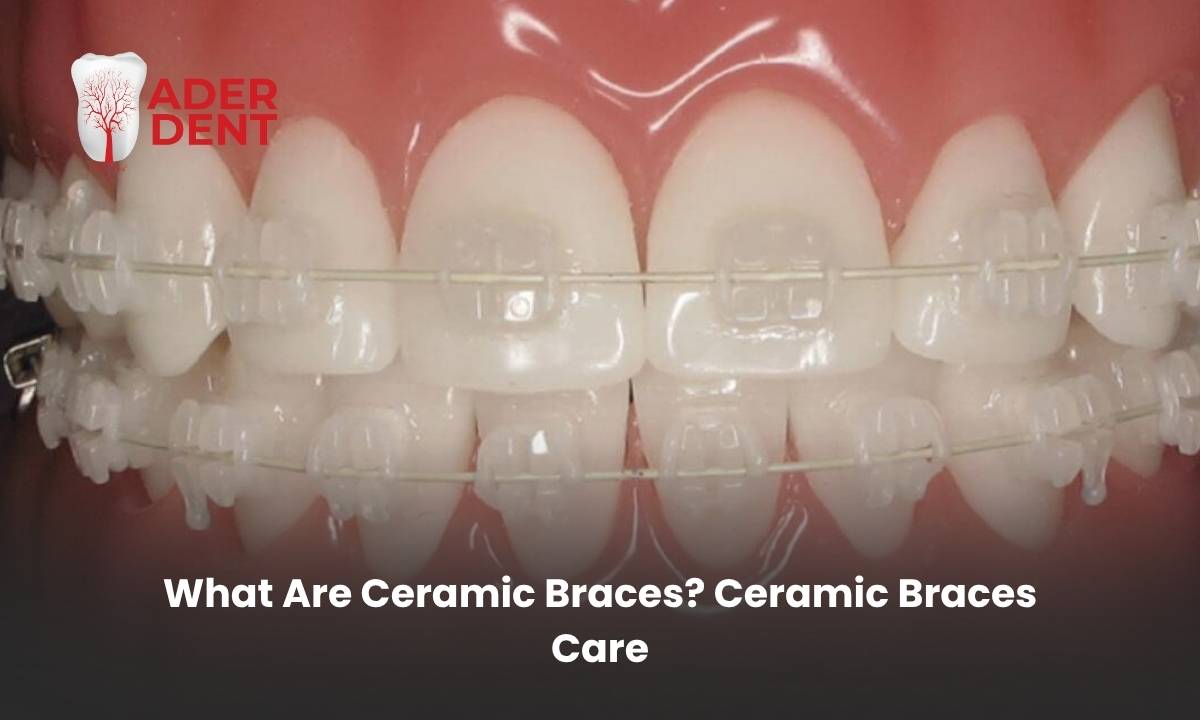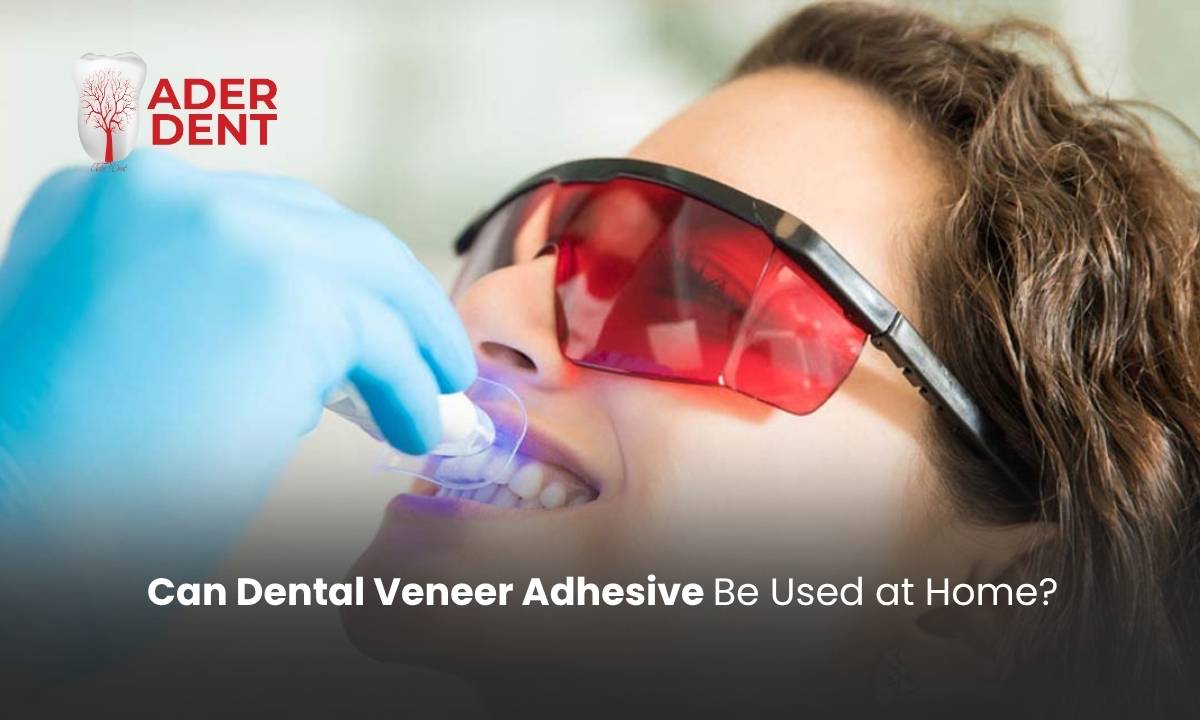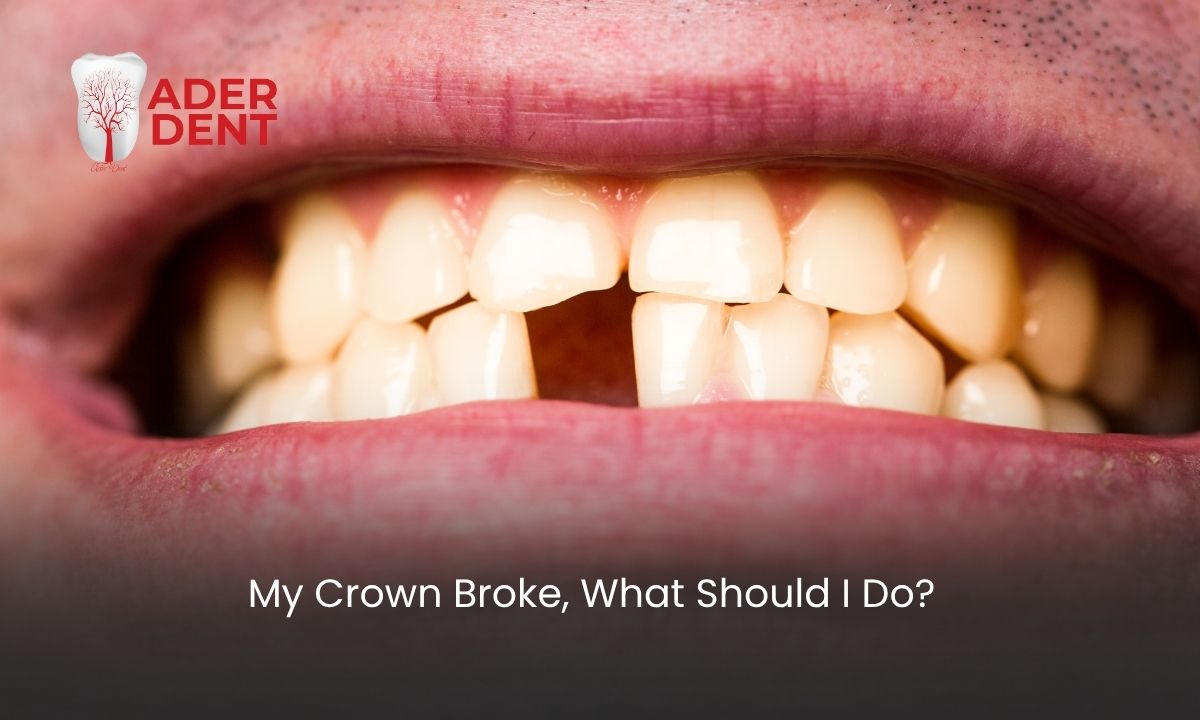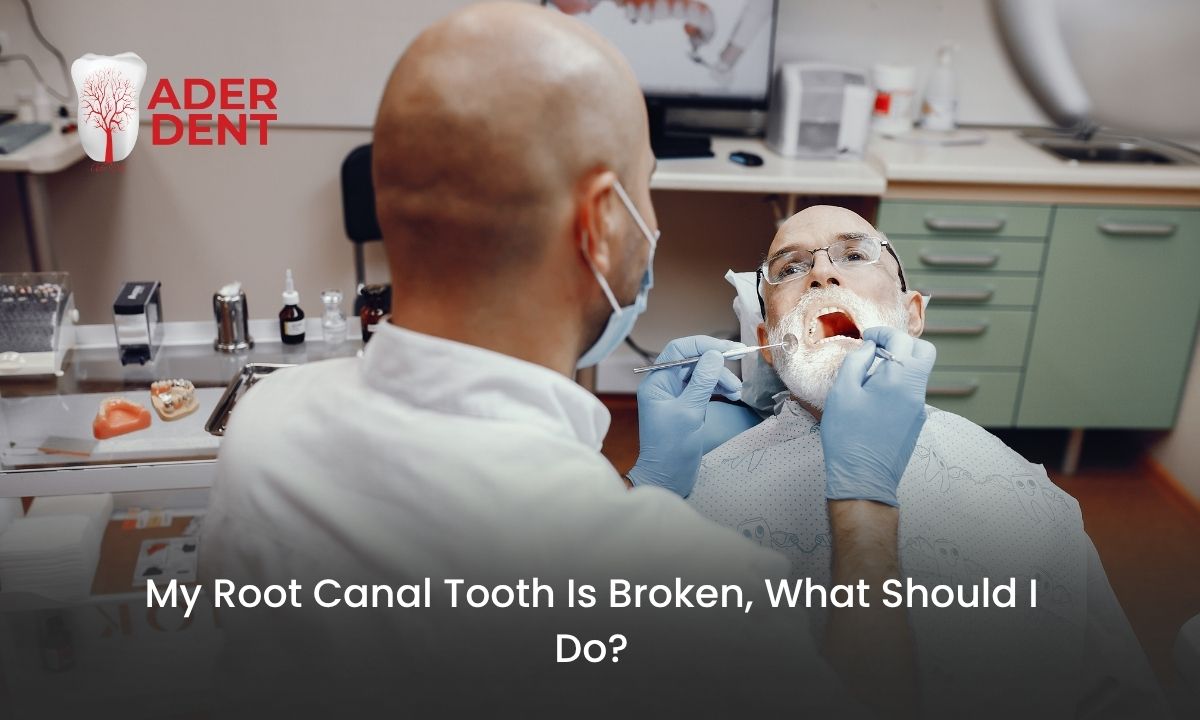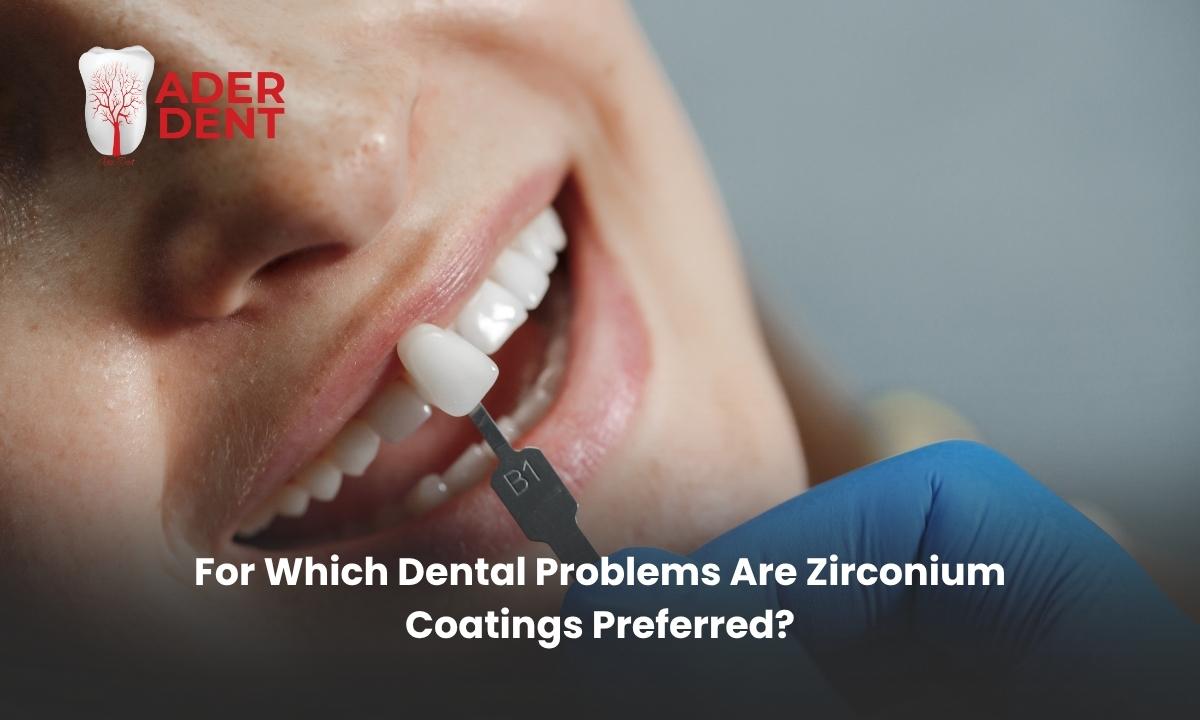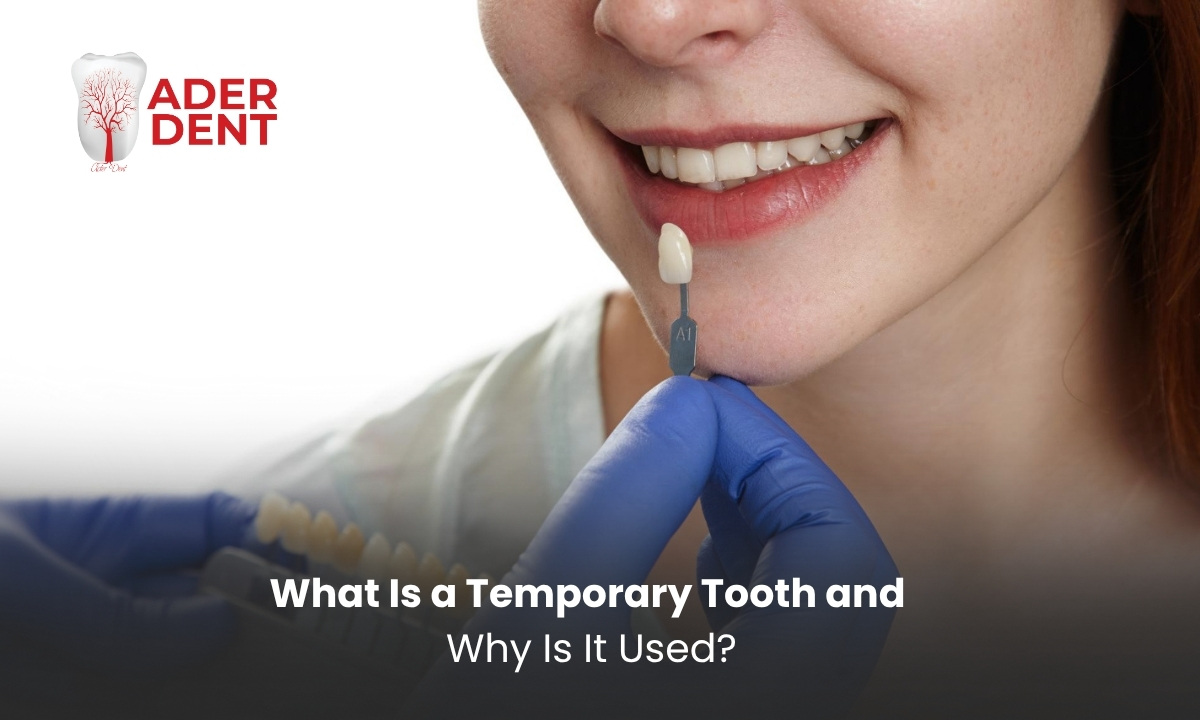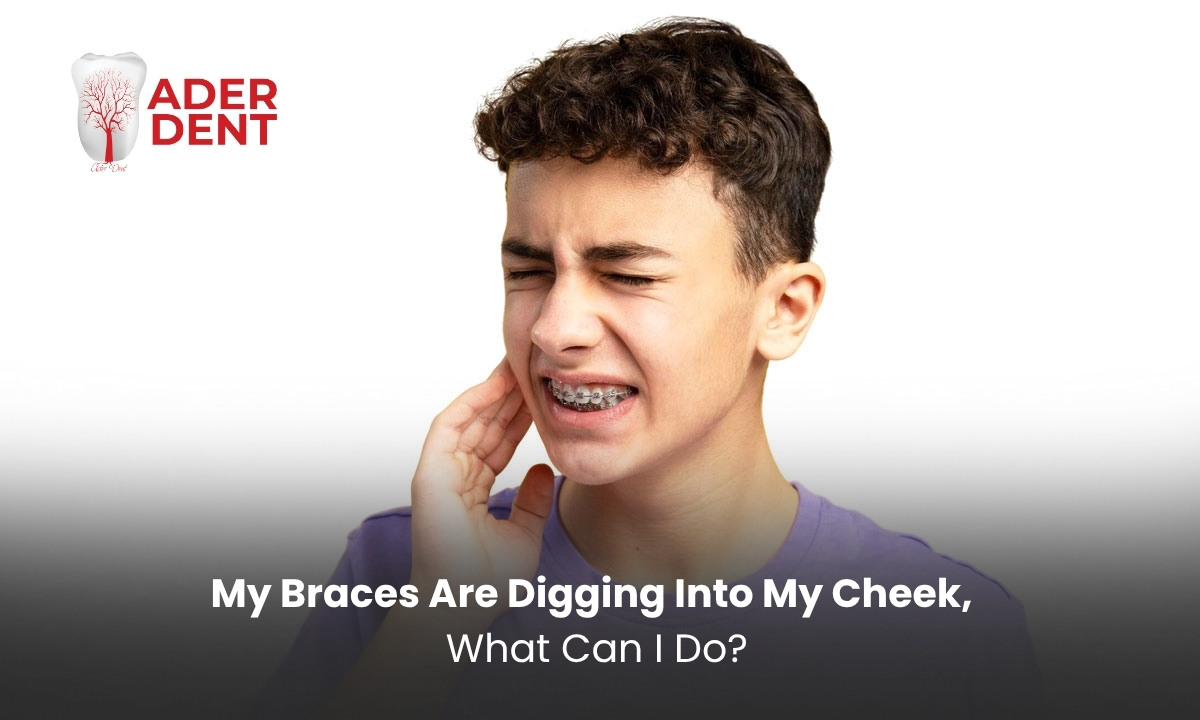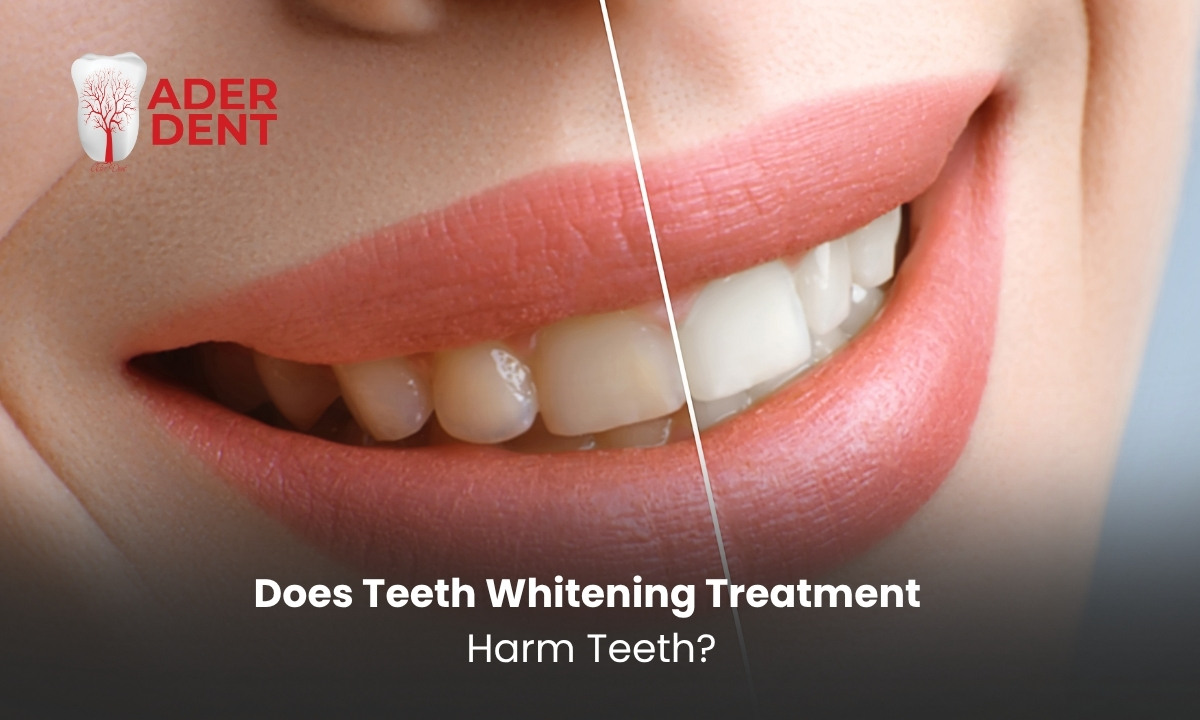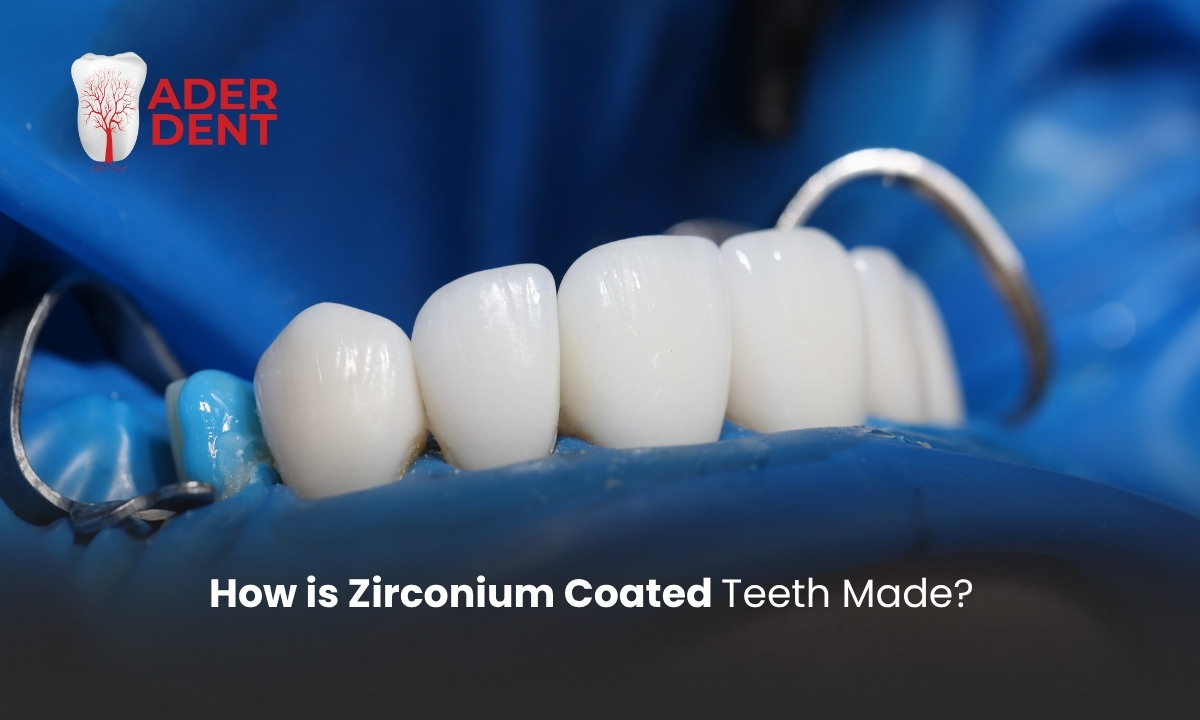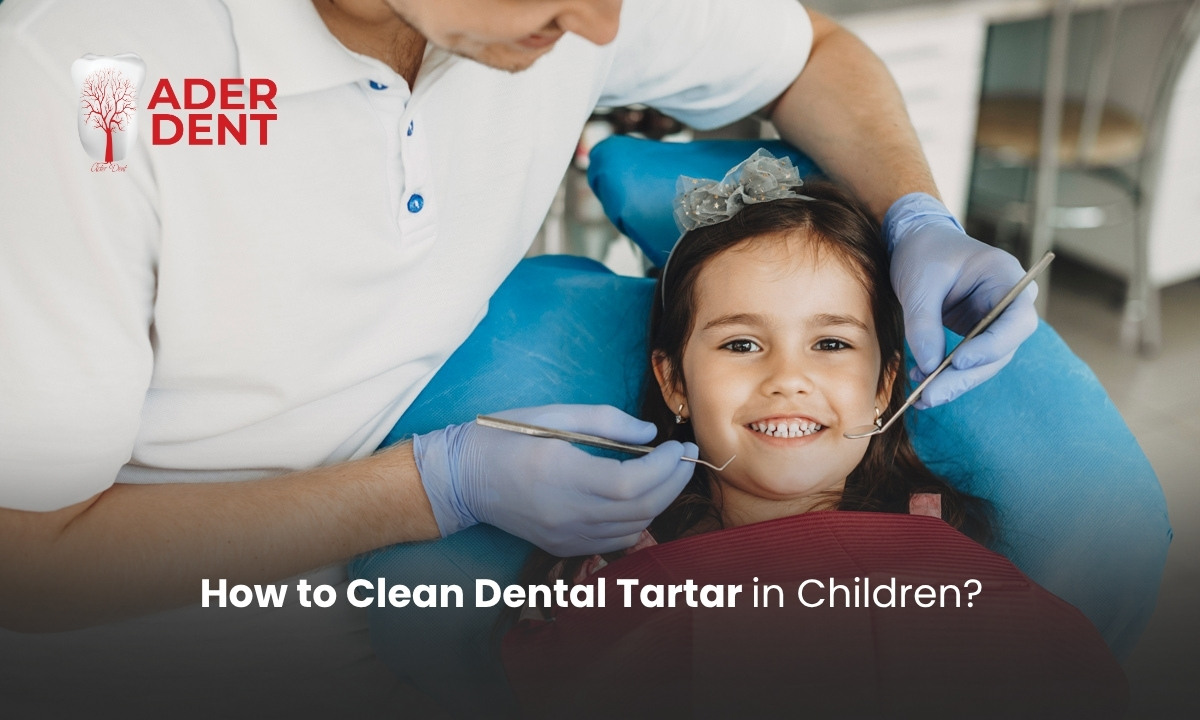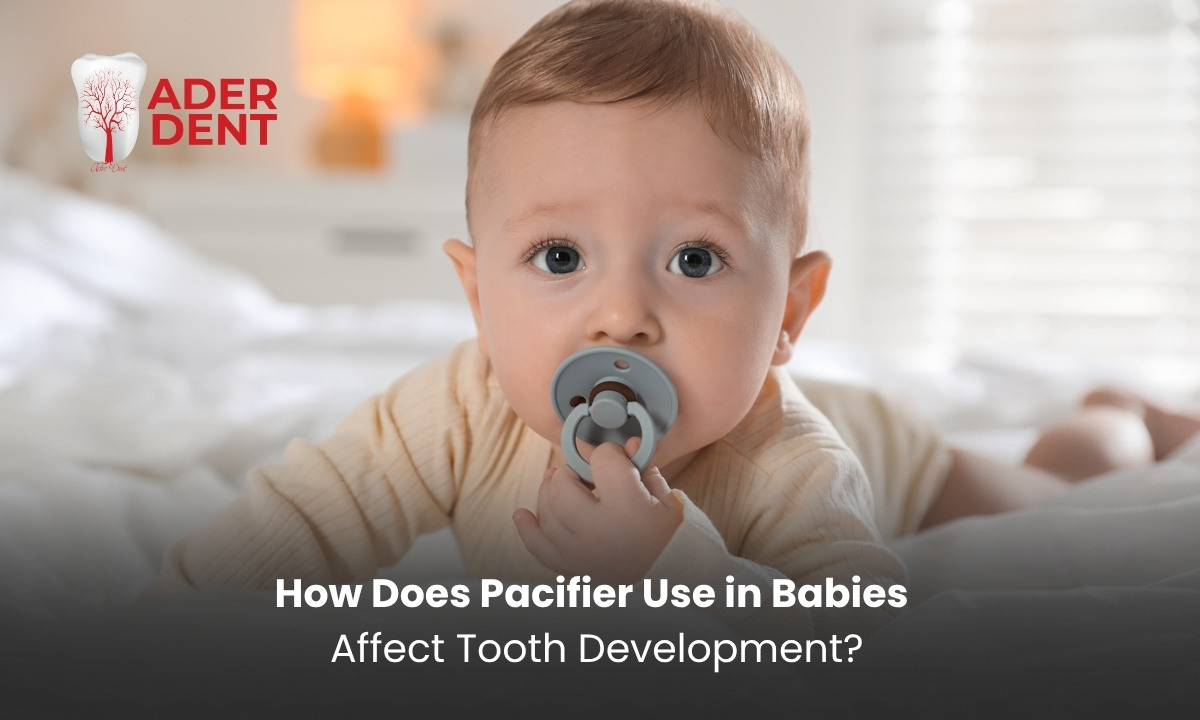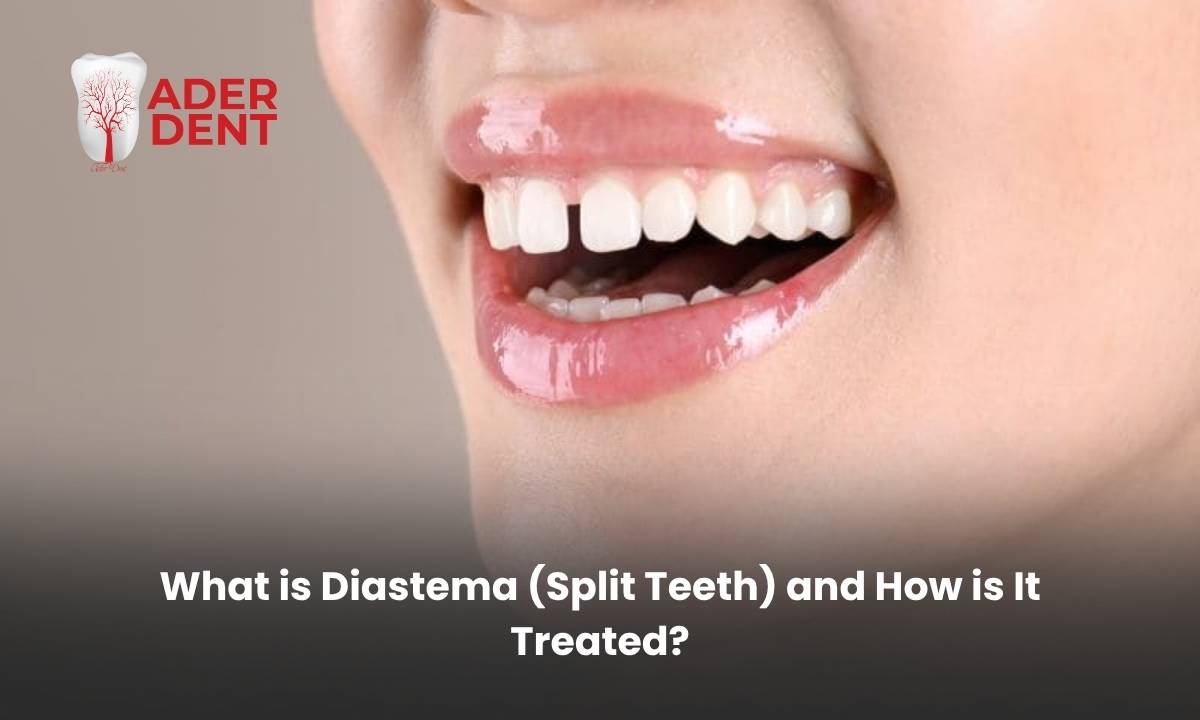
Cosmetic dentistry addresses many concerns, one of which is *diastema*, also known as a gap between the teeth. It refers to the presence of a larger-than-normal space between the teeth, most commonly seen between the upper front teeth. While this may only be a cosmetic issue for some, in others it can lead to speech disorders or chewing difficulties.
What Causes Diastema (Gapped Teeth)?
Diastema, or a gap between teeth, can occur due to several reasons:
- If the jawbone is larger than the size of the teeth, gaps may form between the teeth.
- An overly thick or long upper lip frenum can push the front teeth apart.
- Premature loss of baby teeth can result in spacing between the permanent teeth.
- Advanced gum disease may cause teeth to separate, creating gaps.
- Habits such as thumb sucking or tongue thrusting can gradually lead to gaps over time.
What Causes Gapped Teeth in Babies?
In infants and young children, gaps between the front teeth can be caused by various factors, including:
- Small baby teeth and a wide jaw (part of natural development)
- Genetic predisposition in the family
- A thick or low-attached upper lip frenum
- Prolonged use of pacifiers, bottles, or thumb sucking habits
- Early loss of baby teeth
- Tongue pressing against front teeth when swallowing
- Mismatch between jaw size and tooth size
How Is Diastema Diagnosed?
Diagnosing diastema (gapped teeth) is fairly straightforward. During a clinical examination, the dentist visually evaluates the space between teeth. If necessary, X-rays may be taken to assess the jawbone, tooth roots, and the frenum. Habits such as thumb sucking or tongue thrusting, along with jaw-tooth compatibility, are also evaluated. This helps identify the cause of the diastema and plan an appropriate treatment.
What Are the Treatment Options for Diastema?
Treatment plans for diastema are created by an orthodontist or a cosmetic dentist. The treatment methods may include:
- Orthodontic Treatment (Braces or Clear Aligners): Braces or aligners are used to gradually close the gap between teeth. Treatment may last from 6 months to 2 years and is one of the most permanent solutions.
- Composite Bonding: A tooth-colored composite material is applied to fill the gap. It’s completed in a single session (30–60 minutes) and is a cost-effective option, though it may wear or discolor over time.
- Porcelain Veneers: Thin porcelain layers are bonded to the front surface of teeth. They are natural-looking, stain-resistant, and last 10–15 years. A small amount of tooth enamel must be removed for application.
- Zirconia or Porcelain Crowns: If the gap is large, full crowns may be placed. These are more durable (lasting 15+ years) but require more extensive tooth reduction.
- Frenectomy (Lip Frenum Surgery): If a thick upper lip frenum is causing the gap, a simple laser surgery can be performed. Orthodontic treatment may still be required afterward.
What Treatments Are Used to Close Gaps Between Teeth?
To close gaps between teeth, options include orthodontic treatments such as braces or clear aligners, composite bonding, porcelain veneers, and zirconia crowns. If the issue is caused by the upper lip frenum, a frenectomy (laser surgery) can be performed.
Additionally, if a tooth is missing, it may be replaced with a dental implant or bridge. The appropriate treatment method for your condition will be determined by your dentist after a clinical examination and X-rays. If you're dealing with diastema, we strongly advise against home remedies. Instead, seek professional treatment from your dentist or a trusted Pendik dental polyclinic.
How Many Sessions Does Diastema Treatment Take?
The number of sessions required for diastema treatment depends on the chosen method and the size of the gap. Here's a breakdown by treatment:
- Composite Bonding: One of the fastest methods, completed in a single session. Composite material is applied to close the gap. It's practical and budget-friendly.
- Porcelain Veneers: Typically completed in 2–3 sessions. Preferred for those seeking a long-lasting and aesthetic result.
- Orthodontic Treatment (braces or aligners): Applied when the gap is large or a permanent solution is desired. The treatment duration can range from a few months to two years.
- Frenectomy: This lip frenum surgery is completed in a single session and is applied when the gap is caused by the frenum or gum issues.
Post-Treatment Care After Diastema Correction
After diastema treatment, be sure to follow these care tips:
- Brush your teeth at least twice daily and use dental floss.
- Avoid hard, sticky, acidic, overly hot or cold foods.
- Do not skip your orthodontic check-ups and aligner follow-ups.
- Break habits like nail biting, pen chewing, or teeth grinding.
Diastema (Gapped Teeth) Treatment Prices in 2025
Treatment costs for diastema in 2025 vary based on the treatment method, the size of the gap, and the number of sessions required. For a precise price, you should have a dental examination and receive a personalized treatment plan.
Can You Close a Tooth Gap at Home?
Absolutely not! It is not possible to close a diastema (tooth gap) at home. All professional treatments (composite bonding, porcelain veneers, orthodontics) must be carried out by a qualified dentist. Never use rubber bands, aligners, or similar DIY methods you find online—they can damage your teeth, cause gum problems, and even alter your jaw structure.


 TR
TR
